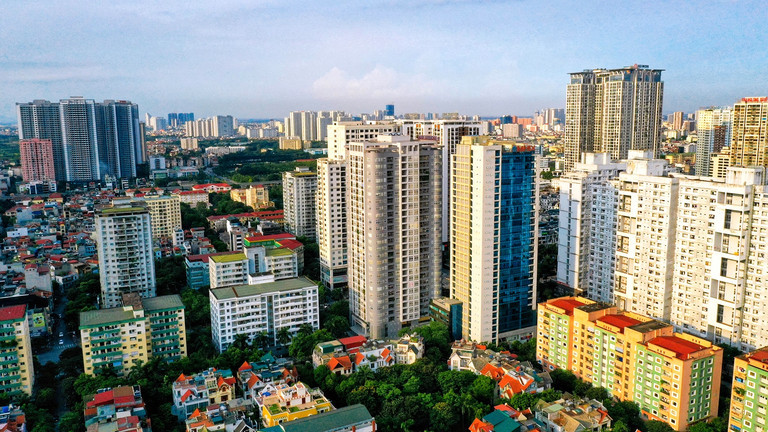
The Prime Minister has assigned the Ministry of Construction (MOC) to help real estate firms restructure products and lower selling prices.
There are very few housing projects licensed, especially fir affordable and mid-end products.
According to MOC, 126 projects were licensed in 2022, just 52.7 percent of 2021 and 17 percent of 2020.
Meanwhile, in the third quarter in 2023, only 15 projects with 3,028 apartments were licensed, including four projects in the north, seven projects in the central region and four in the south. There were 47 projects with 8,208 apartments which could satisfy requirements for developers to have the right to sell housing products that take shape in the future.
There was no project of this kind in the affordable market segment (below VND25 million per sq m) that could satisfy requirements for capital mobilization and transactions in 2021 and 2022. Meanwhile, the proportion of mid-end apartments (VND25-50 million per sq m) has been decreasing by two digits since 2020.
VARS (the Vietnam Association of Realtors) reported that the number of affordable and mid-end apartments on sale has been decreasing since 2019. The total number of affordable apartments opened for sale in 2022 was 19 percent of that in 2019.
The number of affordable apartments has also seen continued decreases, from 30 percent of total apartments in 2019 to 7 percent in 2022.
In 2019-2022, mid-end apartments fell to 54 percent, 46 percent, 34 percent and 27 percent each year, respectively.
VARS predicted that the primary apartment selling price in 2024 would increase by 3-8 percent on average because of the continued supply shortage.
The shortage has caused the market to lack competitiveness. The real estate firms which have products for sale are considered the ‘kings’ and set selling prices at sky-high levels to optimize profits, if they don’t have problems with cash flow.
The high prices of real estate products are also attributed to other factors, including increased investment and construction costs caused by input material price increases; high labor cost and financial source access costs.
Hong Khanh